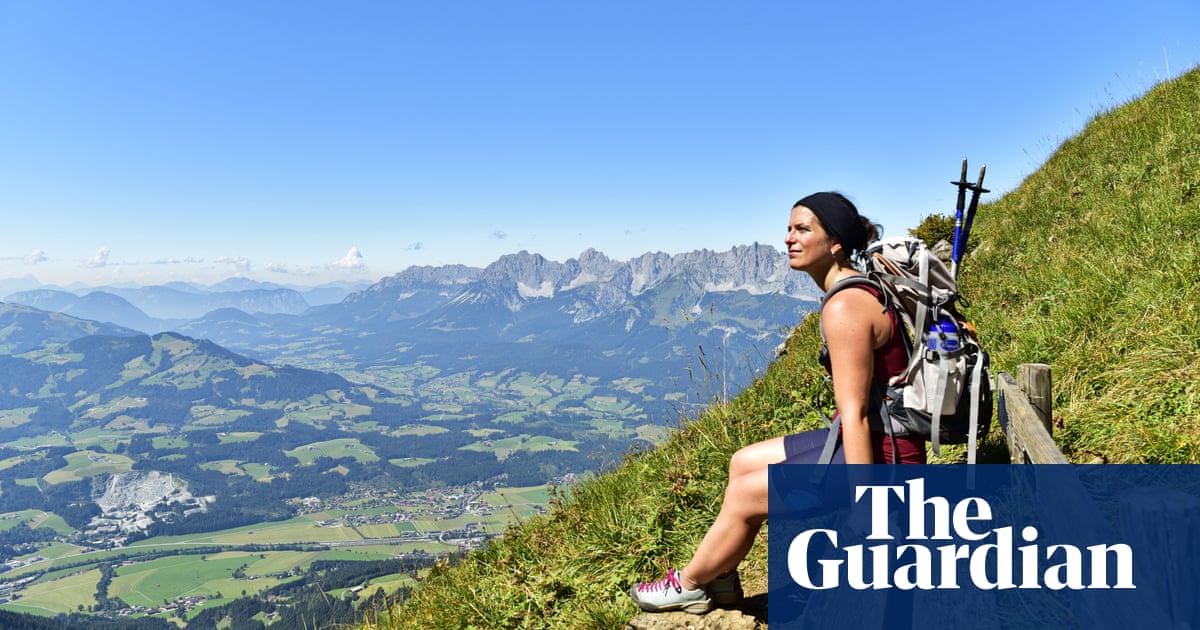
Cromer, Norfolk
The Norfolk Coast Path links some of the country’s best beaches, most vital nature reserves and deepest history (the oldest human footprints found outside Africa were discovered here). The Victorian seaside resort of Cromer (accessible by train) is well placed for exploring this linear trail.
The CoastHopper bus runs between Cromer and Wells-next-the Sea, stopping at handy spots. Disembark at Morston (home to Michelin-starred Morston Hall) to stroll to Blakeney and Cley via sand, seals and salt marshes; at Wells, to reach the beach at Holkham; or at Sheringham, for Norfolk’s highest point (almost 105 metres!). Alternatively, the Weavers’ Way runs inland from Cromer; follow its first section, past two outstanding Jacobean halls – Felbrigg and Blickling – to the old market town of Aylsham, which is connected to Cromer by bus.
sanderscoaches.com, walkcromer.co.uk, bitternline.com
Hebden Bridge, West Yorkshire
The original Walkers Are Welcome town, liberal-minded Hebden Bridge is as ripe with hiking possibilities as it is with chain-free shops and vegan pasties. Low-level routes from the centre lead along the River Calder, Rochdale canal and Hebden Beck (follow the latter to the fairytale woods of Hardcastle Crags). But there are also bracing yomps up on to the tops – parts of the Pennine Way (which passes nearby) can be used to reach panoramic Stoodley Pike or to hike though Brontë Country to Haworth. The Hebden Bridge & Mytholmroyd Walkers Action website lists a range of free-to-download walks of various lengths, includingheritage routes and others in the footsteps of local lad Ted Hughes.
pennineheritage.org.uk/pennine-trails
Kington in Herefordshire and Knighton, Powys
It’s tough to pick between this pair of England/Wales border towns: both are Walkers Are Welcome certified; both are on the Offa’s Dyke national trail; both feature on other long-distance routes; both are good for exploring the Welsh Marches.
The medieval market town of Kington is below Hergest Ridge, from where there are views to the Black Mountains and Cotswold Hills; spend days hiking up here, along the Arrow valley and along bits of the Mortimer Trail, or attempt Kington’s 26-mile Eight Pubs Challenge.
Knighton, a 13-mile walk north of Kington along Offa’s Dyke, is surrounded by options, including old drovers’ roads and parts of Glyndwr’s Way. It’s also on the Heart of Wales railway – hop on and off the train to access sections of the Heart of Wales Line Trail.
kingtonwalks.org, kingtontourist.info, visitknighton.co.uk
Bradford on Avon, Wiltshire
At the southern end of the Cotswolds, the wool-weaving town is a gateway to great West Country walking. The Kennet & Avon canal towpath offers flat, waterside strolls (Bath is 10 miles away, via the impressive Avoncliff and Dundas aqueducts). But best is the Bradford on Avon Walking Wheel, a 42-mile network of waymarked trails encircling the town, comprising a six-mile inner wheel and a 22-mile outer wheel, with numerous “spokes” linking the two.
En route lie National Trust properties (15th-century Great Chalfield Manor and Westwood Manor), handsome villages (Monkton Farleigh, Freshford), country pubs and countryside. The annual walking festival takes place from 3-5 September this year.
walkbradfordonavon.org
Kinlochleven, Scottish Highlands
Kinlochleven sits in epic tramping terrain. This village, once a key stop for cattle drovers, is at the end of Loch Leven, sandwiched between the Mamores mountains and the peaks flanking Glen Coe. Indeed, it’s currently the only Walkers Are Welcome spot in the Highlands. Walking leaflets can be picked up from Kinlochleven Community Trust HQ; options include a short walk to Grey Mare’s Tail waterfall, a trail along the valley to Blackwater Reservoir and a climb up Binnein Mòr (the Mamores’ highest Munro).
Also, the West Highland Way passes through Kinlochleven – from here it’s about 15 miles on foot to Fort William. The bus from Fort William to Kinlochleven stops at Glencoe Junction, opening up more classic hiking country.
kinlochleven.org.uk
Kirkby Stephen, Cumbria
The old market town of Kirkby Stephen, snug in the Upper Eden Valley, is the gateway to quieter Cumbrian trails. From here it’s easy to access the less-tramped Howgill Fells and eastern Lake District, as well as the Yorkshire Dales national park, which surrounds this Walkers Are Welcome town.
Arrive by train – Kirkby Stephen is on the scenic Settle-Carlisle line – or via one of the long-distance routes that passes through (including Wainwright’s Coast to Coast). Once there, pick and choose: tackle classic fell walks, such as Wild Boar Fell and High Cup Nick; tramp along disused railways; follow the Poetry Path or the Eden Benchmarks (10 stone sculptures along the River Eden). Or amble at will: much of the nearby upland is open access, allowing walkers freedom to roam.












